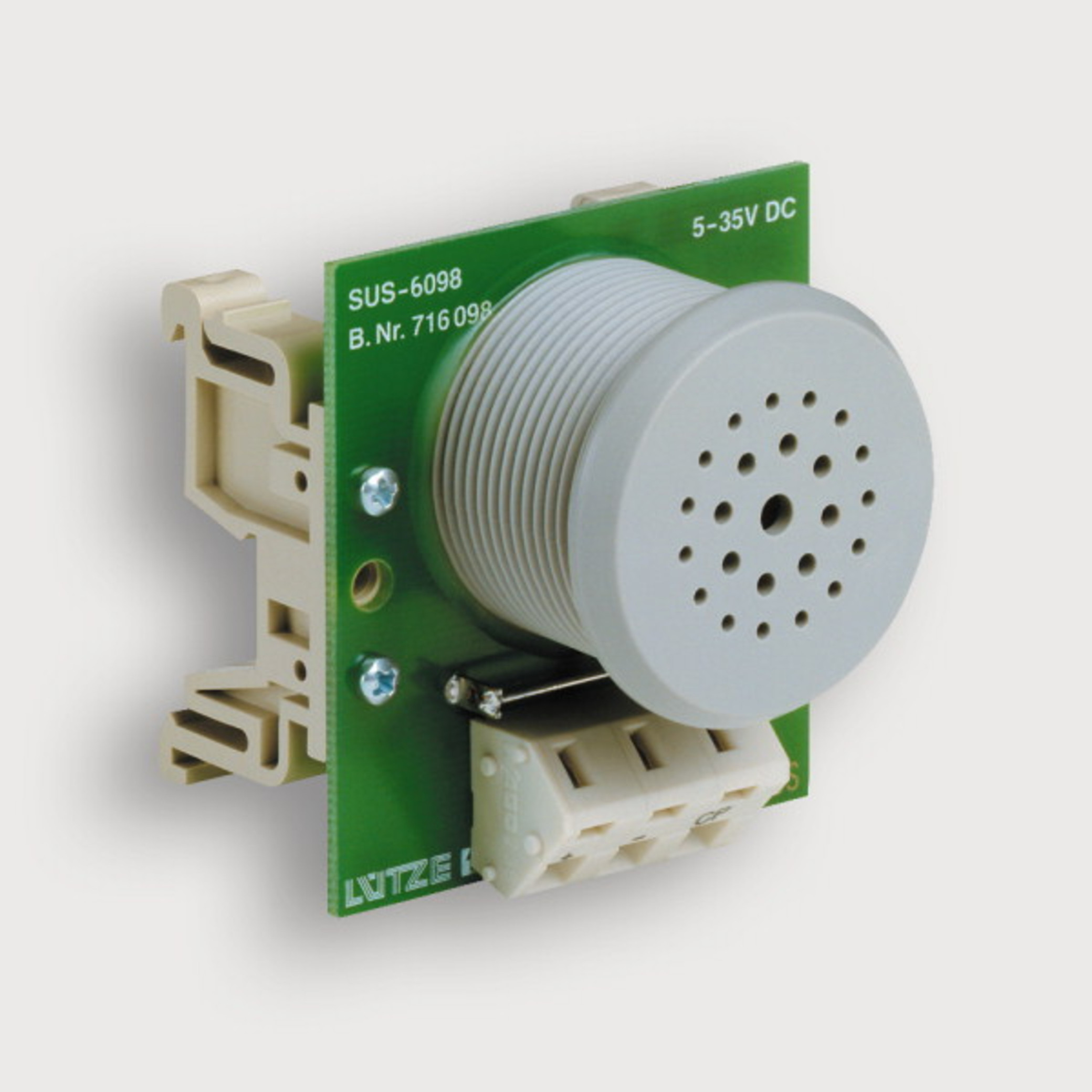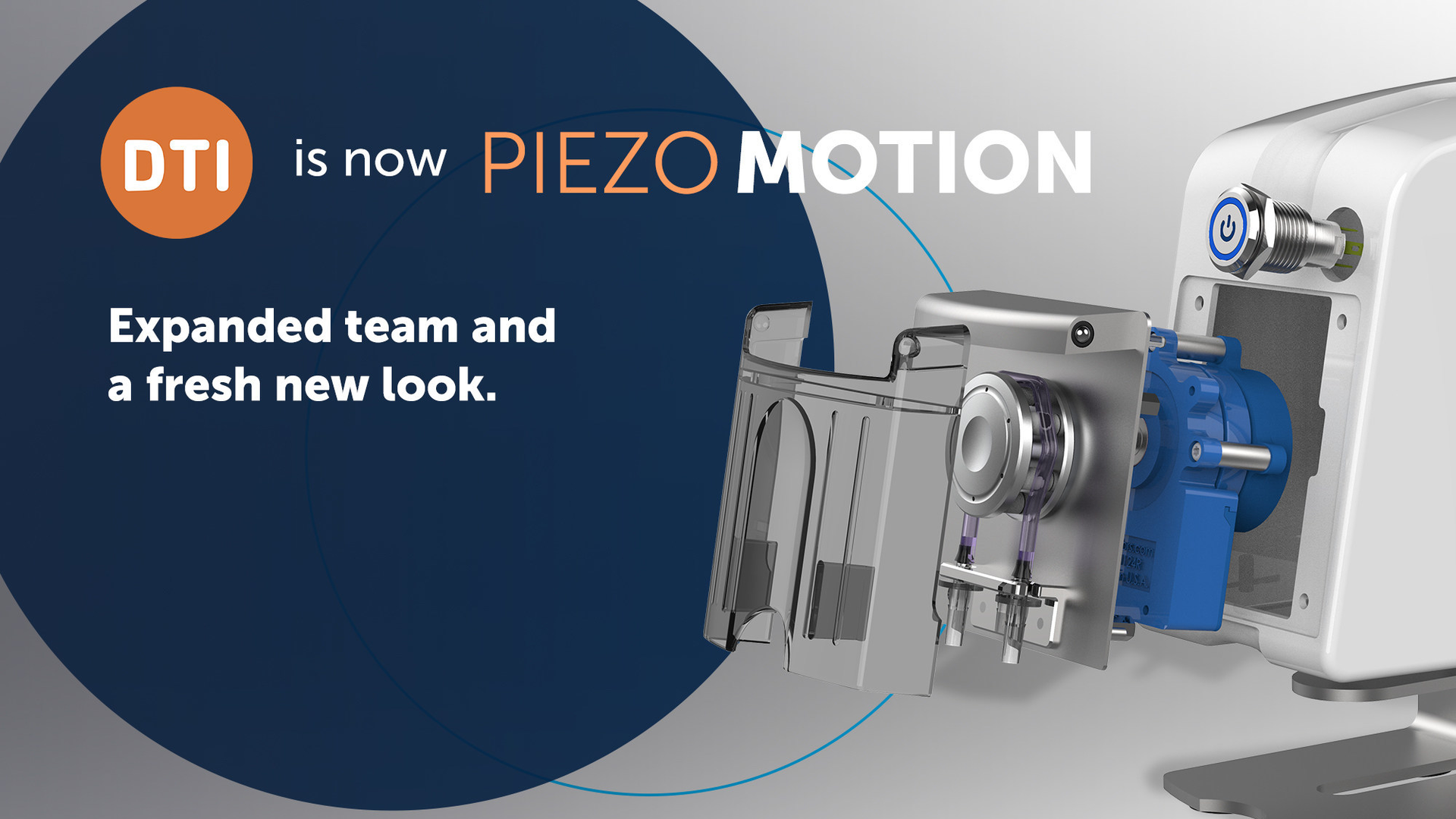

27, 28, 29, 30 These studies demonstrate the important functions of Piezo proteins in regulating stem cell fate and osteoblast lineage cell mechanotransduction. 26 More recently, the predominant contributions of the Piezo family were reported to occur in the skeletal system, especially in bone development and mechano-stimulated bone homeostasis.

19 Piezo2 has essential roles in sensory processes, such as gentle touch sensation, 20 mechanical nociception 21 and proprioception, 22 and indispensable functions in auditory sensation, 23 gastrointestinal physiology, 24, 25 and respiratory physiology. 13 Cumulative evidence suggests that Piezo1 is required for vascular development and function, 14 red blood cell volume regulation, 15 epithelial homeostasis, 16 the lineage choice of neural stem cells, 17 axon growth, 18 and urinary osmolarity. 12 In contrast, Piezo2 is primarily expressed in sensory neurons, 11 including somatosensory ganglia, outer hair cells, enterochromaffin cells of the gut, and Merkel cells, but not somatic cells. During the past 10 years, studies using experimental mouse models have indicated that Piezo1 is mainly expressed in nonexcitable cell types 11 and is critical for transducing mechanical forces applied externally and internally at the plasma membrane. 10 This groundbreaking study attracted great attention from a number of researchers worldwide to study the functions of the two family members Piezo1 and Piezo2 in different tissues and organs. In 2010, a tour de force of work by Patapoutian and colleagues uncovered a new group of mammalian MA channels named the Piezo family. The discovery of the Piezo channel family opens a new area in the field to study the components and functions of eukaryotic MA channels. 1, 9 Before 2010, our understanding of the gating mechanism of MA channels was mostly from bacterial work. As the primary mechanism for mechanotransduction, mechanically activated (MA) ion channels can be directly stimulated by mechanical forces that are applied to cell envelopes with fast and efficient responses of either cell membrane excitation or the activation of intracellular signaling.
PIEZO PRONUNCIATION SERIES
8 The mechanotransduction process requires a range of special proteins termed mechanotransducers to convert mechanical forces into biochemical signals, which further induce a series of sequential reactions in cells. Successful and precise mechanotransduction is essential for proper organ function, whereas abnormal or faulty mechanotransduction could lead to a wide array of diseases, such as deafness, 4 cardiovascular diseases, 5 metabolic defects, 3 fibrosis, 2 cancer metastasis, 6 neuronal disorders, 7 and osteoporosis. 1 In mammals, mechanotransduction is involved in many physiological processes, 2, 3 such as touch, gravity, proprioception, sound, air flow, vascular development, and blood pressure. For bacteria or other simple organisms, mechanotransduction is required to sense stretching, osmotic pressure, and other mechanical forces. Mechanotransduction is a fundamental ability that allows living organisms to receive and respond to physical signals from the internal and external environment and has been found and characterized in all five kingdoms of life. We also summarize our current understanding of Piezo channel structures and the key findings about PIEZO gene mutations in human diseases.

In this review, we emphasize the diverse functions of Piezo1 and Piezo2 and related signaling pathways in osteoblast lineage cells and chondrocytes. Here we review current studies focused on the tissue-specific functions of Piezo1 and Piezo2 in various backgrounds with special highlights on their importance in regulating skeletal cell mechanotransduction. Recently, the predominant contributions of the Piezo family were reported to occur in the skeletal system, especially in bone development and mechano-stimulated bone homeostasis. The regulation of two family members, Piezo1 and Piezo2, has been reported to have essential functions in mechanosensation and transduction in different organs and tissues. The Piezo proteins are mechanically activated nonselective cation channels and the largest plasma membrane ion channels reported thus far. The mechanotransduction process requires a range of special proteins termed mechanotransducers to convert mechanical forces into biochemical signals in cells. Mechanotransduction is a fundamental ability that allows living organisms to receive and respond to physical signals from both the external and internal environments.


 0 kommentar(er)
0 kommentar(er)
